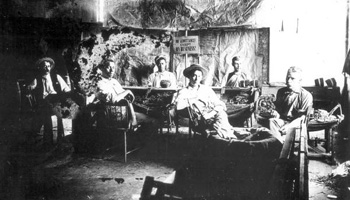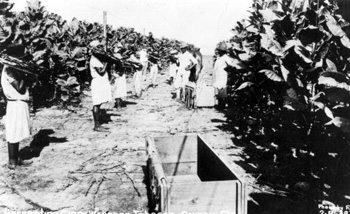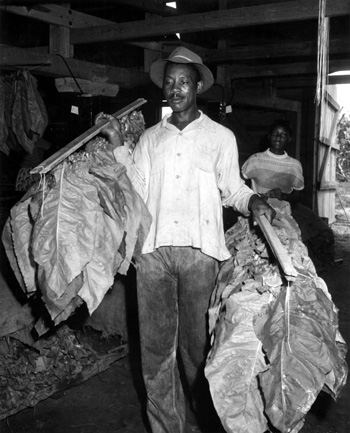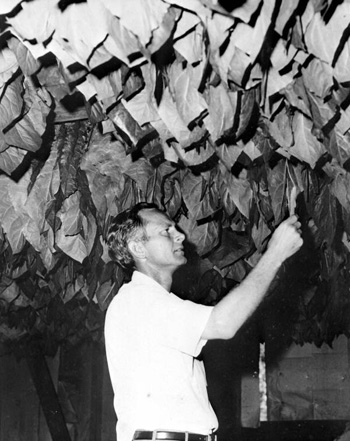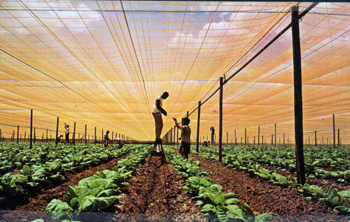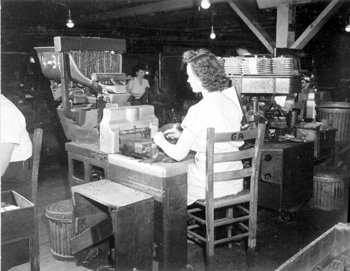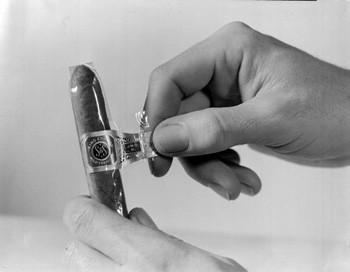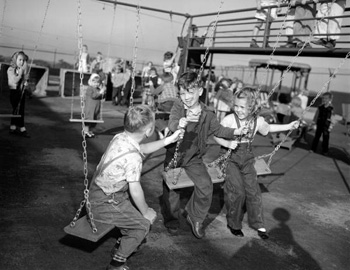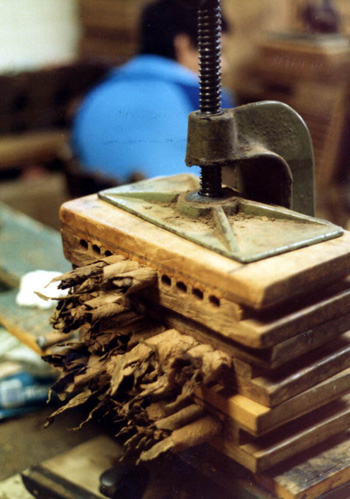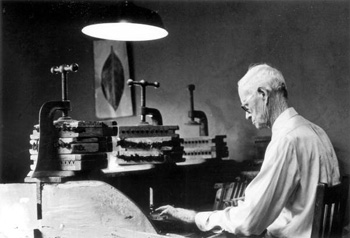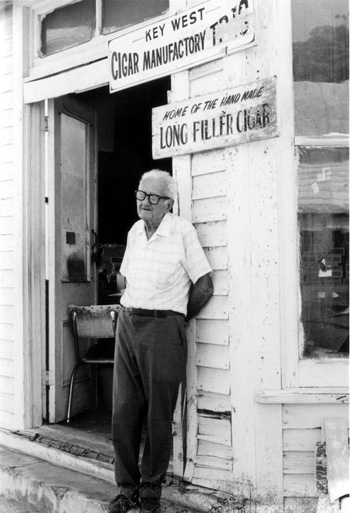The Cigar Industry Changes Florida
Photos and History
Tobacco in North Florida
Cigar factories appeared in numerous Florida cities during the late 1800s, such as in Jacksonville and the Wanish Factory in Tallahassee. Tobacco remained an important agricultural product in north Florida, particularly in Gadsden County, where tobacco was a chief agricultural product for more than 150 years.
Quincy in Gadsden County was the American center for shade tobacco production. Factories produced cigars and cigarettes in Havana (named after the Cuban capital) and Quincy, Florida.
Employees of the Wanish Cigar Factory: Tallahassee, Florida (between 1892 and 1902)
Image number: RC04813
Located at the block between Macomb, St. Francis and All Saints streets. At the left is Cuban-born cigar maker Manuel Roffe who trained the other workers.
Workers harvesting cigar wrapper tobacco: Quincy, Florida (19--)
Image number: RC05260
The bottom leaves were removed from plants during priming and placed in barges to be taken to the curing barn for stringing and drying.
Alexander McGriff carrying shade-grown tobacco to be dried: Havana, Florida (1956)
Image number: C023430
The tobacco was raised on H.H. Swisher's tobacco farm for the King Edward brand cigars.
Checking newly hung tobacco in the curing barn: Gadsden County, Florida (196-)
Image number: N043815
Note from sleeve: Jack McMillan 'Riding Bass' for King Edward Tobacco Co.
Workers tie up tobacco: Quincy, Florida (1965)
Image number: PC5858
Shade-grown tobacco is produced for cigar wrappers. Tying up, shown here, provides cord support for these rapidly growing, big-leafed plants as they grow to the top of the shade. Gadsden County, Florida, is the major shade-producing area – out of only two – in the United States.
A woman rolling cigars in a cigar plant: Quincy, Florida (1946)
Image number: C006205
Close-up view of a cigar from the King Edward Cigars factory: Jacksonville, Florida (1948)
Image number: RF00808
Children at the King Edward Cigars factory (1948)
Image number: RF00806
Florida’s Cigar Heritage
Cigar manufacturing took place in all of Florida’s urban areas at some point during the first century of statehood, but its impacts were particularly profound in Key West, and in the Ybor City and West Tampa areas around Tampa Bay.
The cigar industry prospered in Florida during the early decades of the 20th century. A combination of factors caused the industry to decline, however, as time moved forward. Conflicts between organized labor and factory managers slowed production, while new machines were able to turn out cigars much faster and cheaper than the hand-rolling method. Demand for fine cigars decreased during the Great Depression, and by the end of World War II enough cigar factories had closed to make the industry less attractive for returning veterans.
The cigar industry changed the cultural landscapes of cities like Tampa and Key West. Historic districts still feature buildings once dedicated to the art of the hand-rolled cigar, and local histories still count the industry as a critical influence.
Beginning in the 1960s, master cigar makers demonstrated the art of traditional cigar rolling at the Florida Folk festivals. Ybor City continues to honor the impact of the cigar industry through the Cigar Heritage Festival.
Although all of the original factories in Key West have long since been shuttered, hand-rolled and specialty cigar shops are a prominent attraction in Key West. Through them, the city and its millions of annual visitors rediscover the legacy of the Cuban cigar tradition and the importance of cigar factories in the city's history.
Cigar press (1980)
Image number: FP80153
Talmaege Culmer making cigars at the Key West Cigar Factory in Pirate's Alley (between 1975 and 1985)
Image number: DM1457
Mr. Talmaege Culmer at work rolling cigars at the Key West Cigar Factory in Pirate's Alley, Key West, Florida.
Mr. Talmaege was the last of the original Key West cigar makers.
Rex Shaw standing in front of his factory on Fleming Street: Key West, Florida (197-)
Image Number: DM1473

 Listen: The Folk Program
Listen: The Folk Program